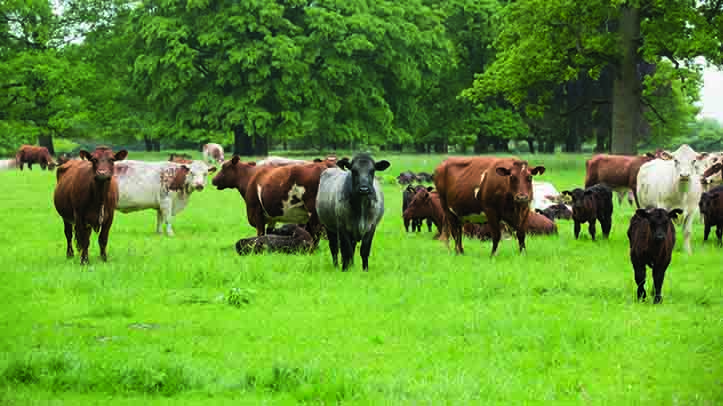Farmers are being encouraged to manage the parasite risk as cattle are turned out to protect health and productivity.
Elanco’s ruminant technical consultant Matt Colston BVM&S, Cert.SHP, MRCVS, said the key parasites to beware of at this time of year include liver fluke, gastrointestinal worms, flies, and coccidiosis.
Mr Colston said: “Despite many farms treating for liver fluke at housing in the autumn there’s a good chance some fluke may have survived to adulthood through the winter months, ready to contaminate pastures with fluke eggs in the spring.
“A quick check for fluke eggs in a dung sample will let you know if treatment prior to turn out is required.
“A targeted treatment with an adulticide product, containing oxyclozanide, albendazole or clorsulon, is strongly recommended to remove any adult fluke, minimising the number of eggs reaching pasture, and reducing the fluke risk for the following autumn and winter.”
Mr Colston said it is crucial to control the three main cattle worms, Lungworm, Ostertagia and Cooperia, all of which become active with grass growth.
He said: “I’d recommend prompt treatment of first and second season grazers as required throughout the grazing season.”
As soon as temperatures start to increase, nuisance flies can quickly become a problem, causing irritation and stress that can reduce productivity as cattle spend less time grazing.
Mr Colston said that the key to keeping flies at bay and preventing the associated drops in performance, is to treat early, before there is an obvious fly challenge.
He said: “I’d recommend administering a synthetic pyrethroid pour-on approximately one month before flies are expected to be a significant problem.”
Mr Colston explained that while the coccidiosis risk typically lowers when calves are moved out to grass, if turnout is delayed, or ground conditions are wet, it can be a problem at this time of year.
He said: “A delay in turnout may result in an increased risk of coccidiosis spreading in housed calves, but wet fields can also pose a risk.”


